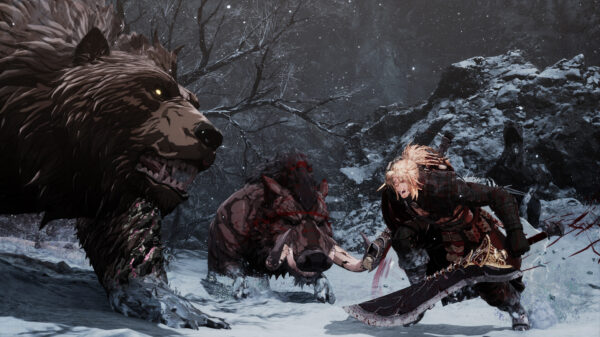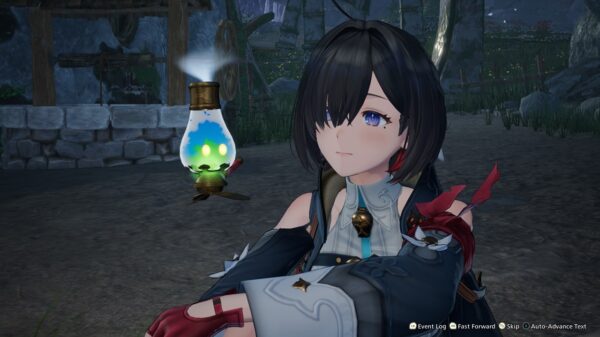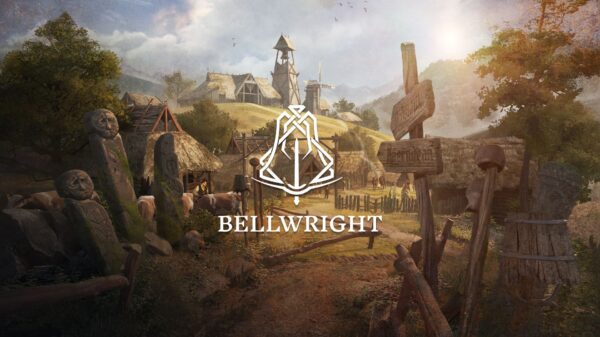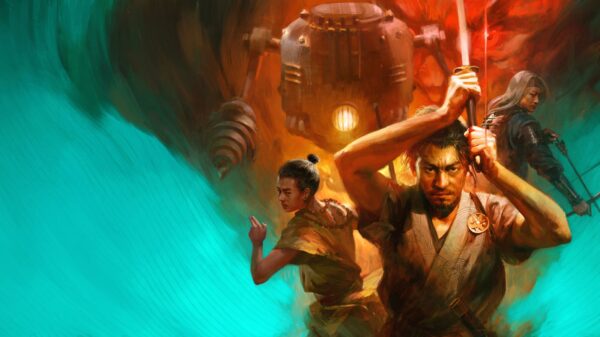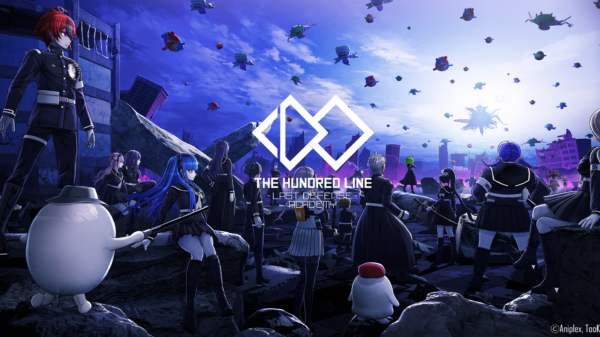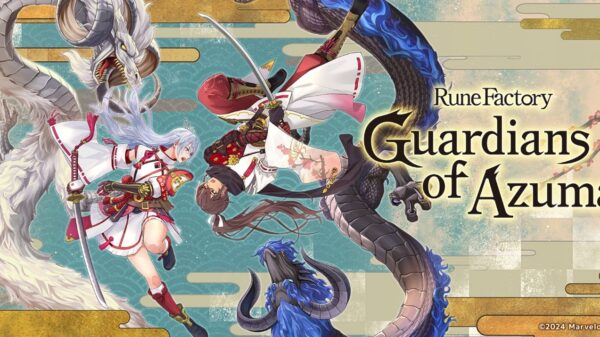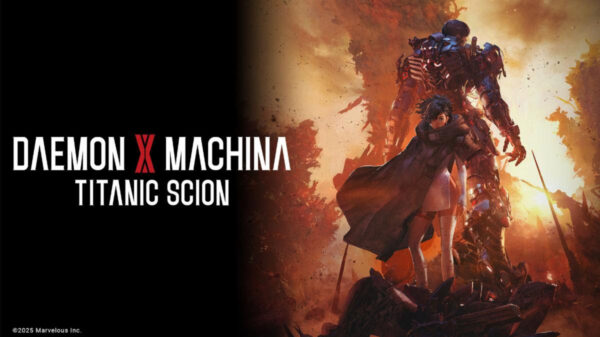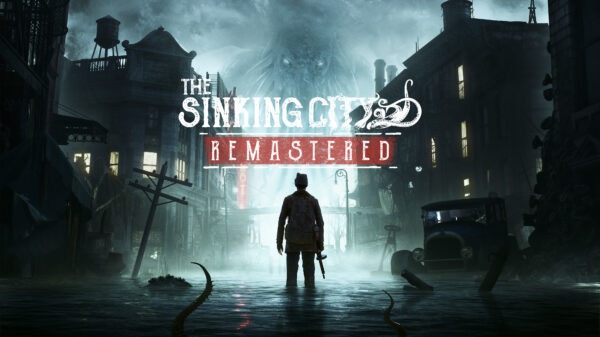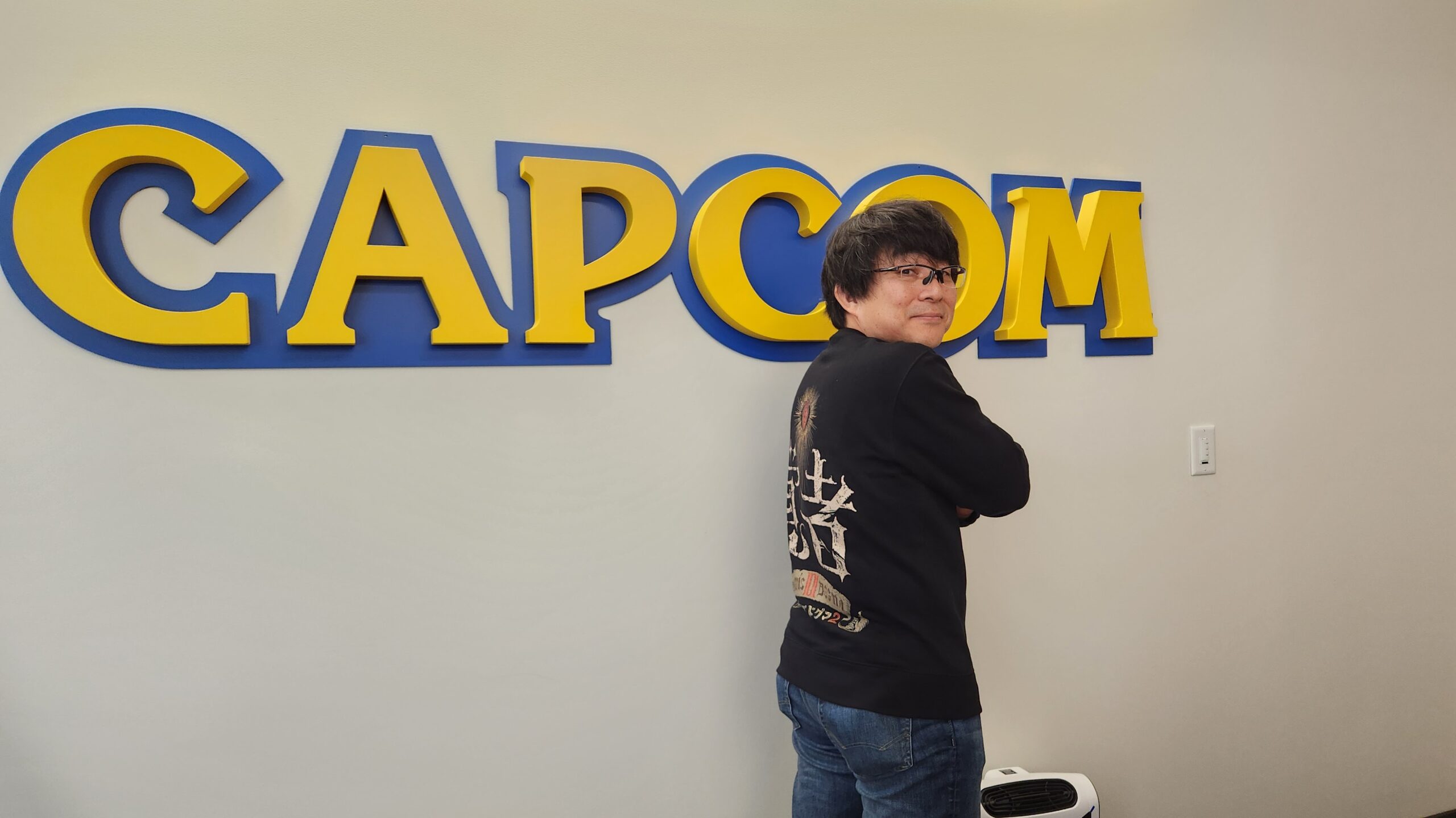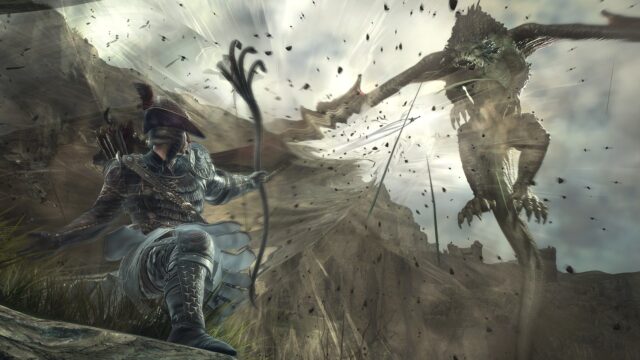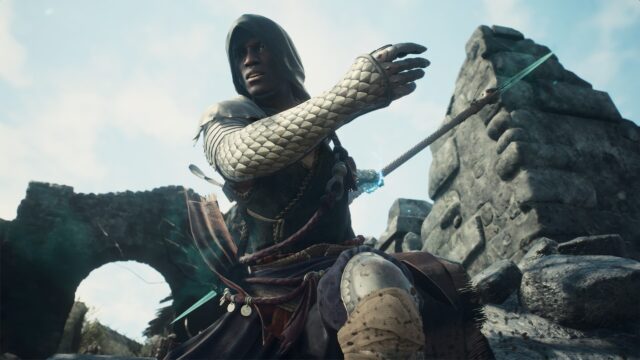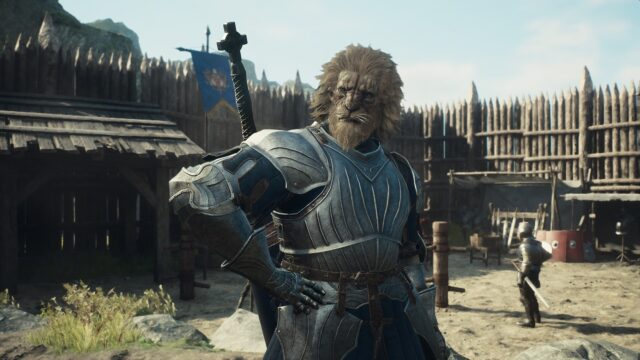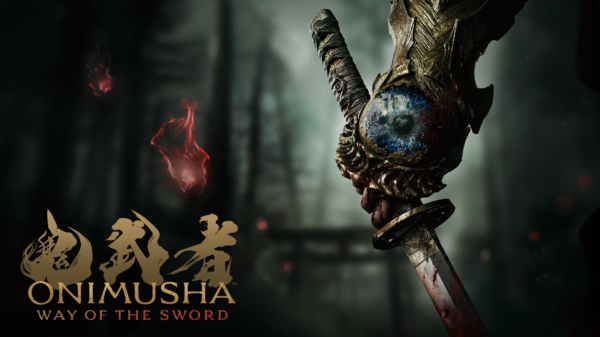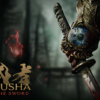Ahead of its March 22nd release, I had a chance to interview Dragon’s Dogma 2 director Hideaki Itsuno last month and discuss the sequel’s inspirations, challenges, and history at the company.
It’s been 10 years since the first Dragon’s Dogma, have you taken any inspiration from other Capcom video games like Monster Hunter? It has a similar “fight towering monsters” style.
Itsuno-san: It is worth noting that the original plan for Dragon’s Dogma 1 was first sketched out around 2002, at the same time as the first Monster Hunter. The idea was for Monster Hunter to be a multiplayer game for up to four players while Dragon’s Dogma would provide a single-player experience. However, for Itsuno-san, the development of Dragon’s Dogma was put on hold for a while due to his involvement with the Devil May Cry game. Although there were many sources of inspiration for Dragon’s Dogma, it is interesting to note that a lot of the ideas came from other fighting games and Devil May Cry, rather than Monster Hunter.
Following up, have you taken any lessons from your time as Devil May Cry 5 director and any of that into Dragon’s Dogma 2?
Itsuno-san: In Devil May Cry, we faced the challenge of creating actions that looked over the top while maintaining a photorealistic style. However, these two elements didn’t blend well together. Additionally, we had to ensure a controlled response that felt good and satisfactory. Overcoming these challenges required considerable research and effort, but we were able to achieve them in Devil May Cry 5. We learned a lot from this experience and were able to apply those learnings to Dragon’s Dogma 2, where we successfully added photorealistic action that delivers a good response to input feeling.
The first Dragon’s Dogma. Some of the criticism was the lack of hand holding in the open world. More games are approaching this style these days, do you find that encouraging/validating to your own work?
Itsuno-san: In the first game, I had a unique idea to allow players to do whatever they wanted to do, without giving them any specific instructions. I wanted the game to progress by itself by letting players take control of their own actions. In the sequel, we have added more content and flexibility, allowing players to progress through the game by doing what they want to do. The focus in Dragon’s Dogma 2 is to catch the player’s interest without giving them too many specific instructions on what to do, by allowing them to experience things they want to do and progress through the game.
It seems like the world interacts with you in a more meaningful way. How has the team been using the latest AI technologies to develop the interactions with the Pawns or other features in Dragon’s Dogma 2?
Itsuno-san: The AI used in our game is not the latest version like ChatGPT, which analyzes big data and acts accordingly. Our AI is more like challenges created by humans, such as setting specific goals for NPCs and giving them flexibility to achieve those goals. For example, if a player wants to go in a specific direction, our AI is programmed to guide them regardless of their current location. Similarly, if the NPCs are leading the player, they will walk ahead of them. This is what we mean by AI in our game.
What are some of the challenges you faced while developing Dragon’s Dogma 2 and how did you approach solving them?
Itsuno-san: As is usually the case, we had limited resources and time to work on the game, and there were so many things that I wanted the team to try. The challenge was in putting everything together and optimizing the process to minimize the number of trial and error iterations. We focused on adding as much content as possible in a compact and dense way. This was the biggest challenge of the game.
What would you like players to take away from playing Dragon’s Dogma 2?
Itsuno-san: The game we created has a lot of content that we believe is worth sharing with other players. As you progress through the game, you experience different outcomes based on the choices you make. This encourages players to discuss their experiences with others, as each person may have a unique story to tell. We want players to talk about the game with each other, but without sharing spoilers. We believe that sharing your experiences with others will make the game even more enjoyable and exciting.
Itsuno-san, you’ve been at Capcom working for a very long time on different games. Do you have a personal favorite?
Itsuno-san: *laughs* Many people have told me that I am fortunate, and I agree with them. In my case, my most recent title, Dragon’s Dogma 2, is the game where I was able to achieve the most and get the most done. If you had asked me a little while ago, I would have said Devil May Cry 5. So, in that sense, I am very lucky to be able to say that my favorite game, where I was able to realize most of my vision and accomplish the most, is my newest game, Dragon’s Dogma 2.


